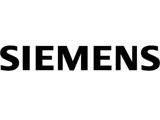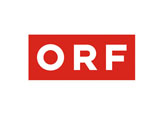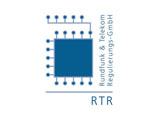Many partners - One solution
Once all of the prerequisites above have been met, the real challenges can be addressed: Creating the technical bases for functional, high-speed return channel communication which the viewer can access easily using the television remote. This not only requires signal transmission, product development and terminal devices to work together, it also means that physical return channels and an external data processing center have to be integrated. This makes it possible to output the results of opinion surveys, to determine the winner of a contest, to eliminate and select data, and to return the results. And once all of these systems seem to be working together, errors begin to occur. At first, no one seems to be able to find the reasons for them. What exactly is the source of the error? Who can resolve the problem, and how can we optimize the overall system? Who is responsible? Will the solution generate additional costs? Could we have foreseen or even avoided the error? Is it even worth finding a „guilty“ party?
It is easy to imagine how difficult it is for engineers and project managers to plan and implement a media technology project which breaks new ground even by European standards, especially under time pressure and given constant technological and process-related uncertainties. The fact that this was achieved so successfully on the basis of individual and collective efforts in the !TV4GRAZ project can not be emphasized enough. ITV is not just a media development or a new media product, it is an entirely new system to be developed and implemented. In many respects, the foundations for this process were laid in the Graz pilot tests, and the pages that follow provide detailed information on the technical aspects relevant to this project.



